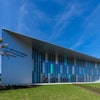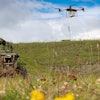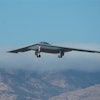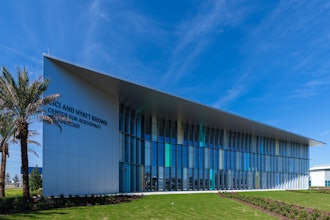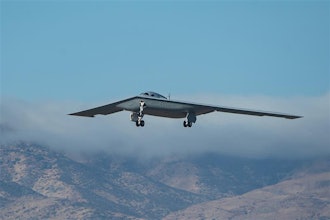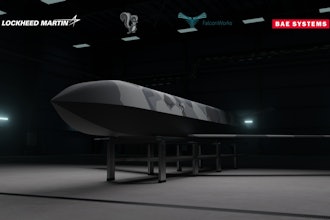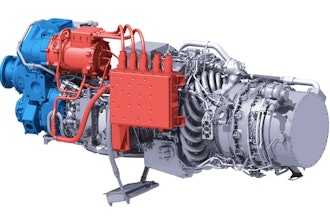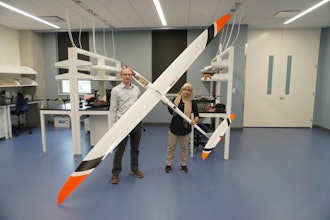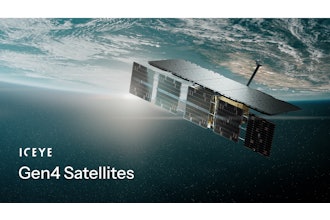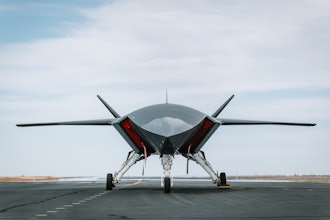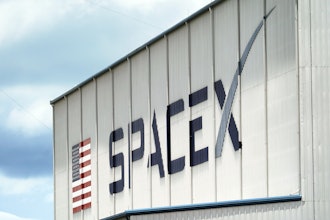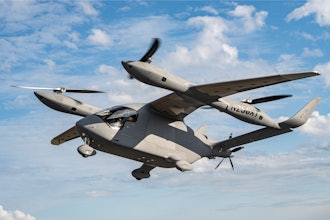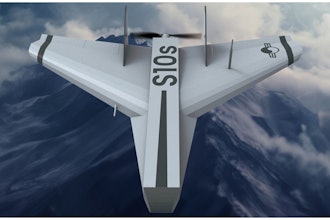
BAE Systems is celebrating the successful launch of NASA's Spectro-Photometer for the History of the Universe, Epoch of Reionization and Ices Explorer (SPHEREx) Observatory from Vandenberg Space Force Base in California. The observatory launched alongside NASA's Polarimeter to Unify the Corona and Heliosphere (PUNCH) mission aboard a SpaceX Falcon 9 rocket.
BAE Systems built the spacecraft bus and telescope for the mission, along with leading observatory integration and environmental testing. SPHEREx is also equipped with the company's RAD750 single board computer, the core of the command and data handling subsystem that is used to control the spacecraft and transmit data.
Over the course of a minimum two-year mission, SPHEREx will conduct four all-sky spectral surveys, observing the distribution of more than 450 million unique galaxies and delivering a 3D map of the universe in 102 infrared colors. These surveys will provide an abundance of new data on key astronomical questions: How did cosmic inflation in the moments following the Big Bang shape the universe today; what can the glowing light of distant galaxies teach us about how they formed; and how abundant and important are life-sustaining ingredients like water, carbon dioxide, and ammonia in planet-formation?
In addition to its primary missions, SPHEREx will also identify targets of interest for additional observations by the James Webb Space Telescope and other observatories. BAE Systems assisted in launch operations and will continue to support spacecraft commissioning over the coming months. NASA's Jet Propulsion Laboratory, which manages the mission, and the California Institute of Technology (Caltech) developed the primary imaging payload. Caltech's Dr. Jamie Bock is the mission's principal investigator.

